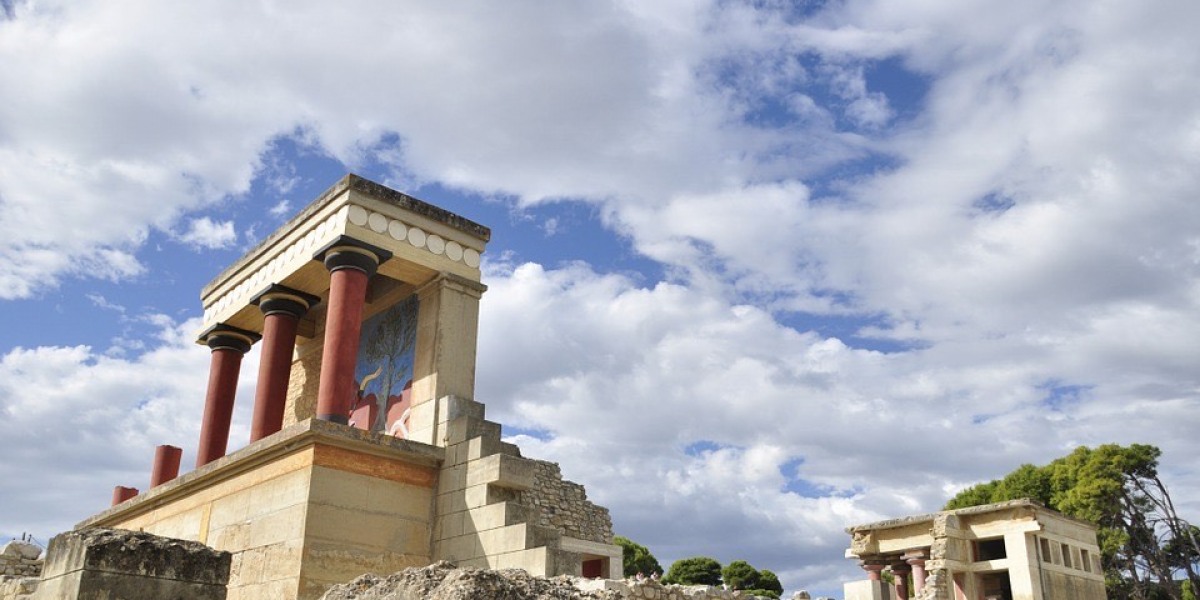HAVE YOU VISIT THE PALACE OF KNOSSO?

The Minoan palace of Knossos is one of the most imposing cities of antiquity with continuous life from the Neolithic years to the 5th century.
The palace of Knossos is built on the hill of Kefala, a location with access to the sea but also to the interior of Crete which helped in its prosperity. The palace was the Residence of King Minos.
The first excavations were carried out in 1878 by the Heraklionite Minos Kalokairinos, and then the excavations conducted by the Englishman Sir Arthur Evans (1900-1930) revealed the entire palace.
The oldest traces of life in the palace area go back to the Neolithic era. The Palace was destroyed several times in antiquity with the largest and final one around 1350 BC. from a big fire.
The building was multi-storey and covered an area of 20,000 sq.m. . The variety of building materials, colors, and murals that adorn rooms and corridors make an impression.
The large Central Courtyard served public gatherings and the second courtyard to the west was the official access to the palace as well as a place for rituals. To the west of the palace were the official areas of administrative and religious activities as well as the imposing Throne Room, with the purification tank and the throne. In the south wing is the fresco of the prince with the Lilies, while in the east are the living areas and large reception rooms, with the main ones being the Hall of the Double Pelekae and the Queen's Palace. The North Entrance is flanked by elevated arcades where the fresco of the Bull Hunt is also decorated. Communication with the port of Knossos also took place from there
Around the palace extended the Minoan settlement, cemeteries and outdoor theater.
Today, the Heraklion Museum houses the numerous, exceptional art finds from the palace, vases, utensils, figurines, the archive of Linear B writing tablets, as well as the originals of the wall paintings.